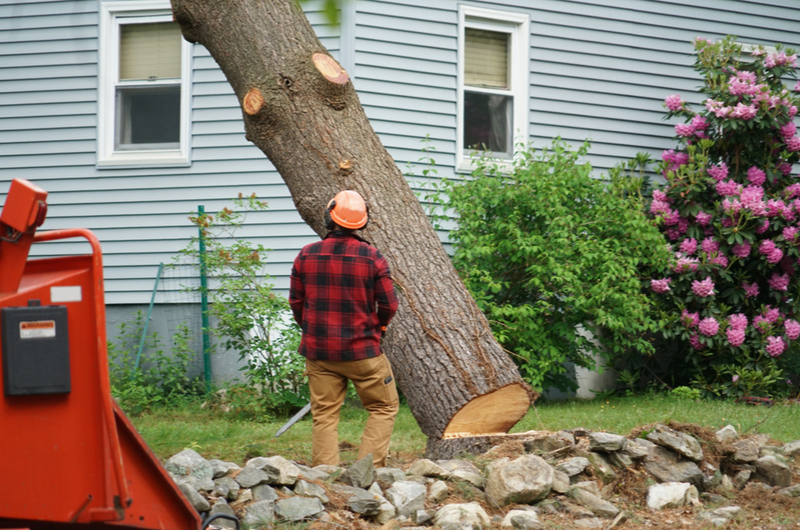All Day Consumers: Find What You're Looking For
We at All Day Consumers are here to guide you. That's with anything and everything! Now more than ever, anything you want can be shipped and delivered to you with just the click of a mouse. Whether it be the latest outfit that you have been dying to buy, or you are going on a nutrition plan and have a particular food you have to eat to fulfill your goals, we here in 2020 have no limitations on what we can buy if we have enough money in the bank to pay for it.
Shopping for products and information used to be a chore back in the days before the internet. You would have to physically go into the store and look and see what you like unless you were one of the people who were able to find a new magazine from the store you loved, and even then it was a gamble that the product or service would be there when you arrived.
Why Use Us?
Now with online shopping, you can go to sites like amazon.com or ebay.com and find anything you want and for the same price as the gas, you would use to drive to the store, have the item shipped to your doorstep overnight. We help you find those items to purchase. That way you can decide if you want to go to the marketplace or the mall to find the items you're looking for. Or, you could simply do a quick search online after reading through our site to find the goods you are looking for.
You see, years ago, it was tough to be a consumer. The fact was there were not that many products out there available for consumption. Shopping was seen as a necessity in most cases for the average American so the idea of going online and purchasing hundreds of dollars a month, if not thousands of dollars a month in most cases for the products being pushed out there was not even considered.
The supply far outreached the demand, and because of this, the products were very inexpensive and served to satisfy the needs of the population far too well. There were very few producers that held a whole lot of products. Now there are plenty of products being pushed by a proportionally equal population, and because of this continuous onslaught of advertisements, it is far easier to become a consumer for the average person with the means to purchase items.





